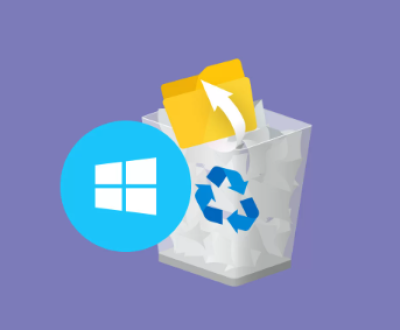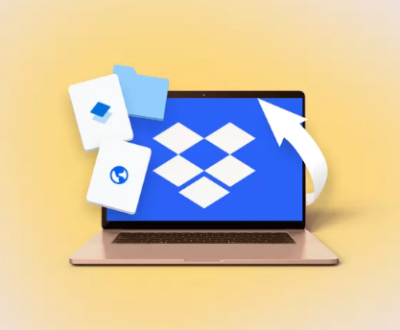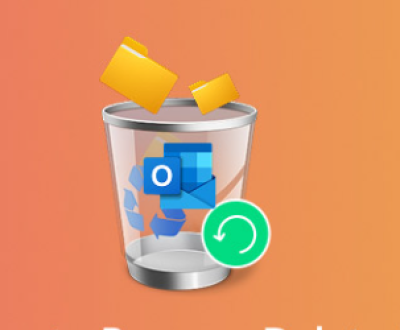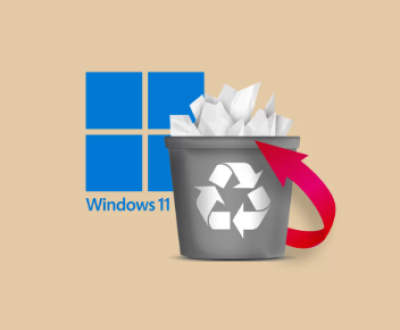Formatting a Word document automatically can significantly streamline the process of organizing and preparing documents. There are several ways to automate formatting in Microsoft Word, including using built-in features, templates, styles, and advanced methods such as scripting with Visual Basic for Applications (VBA).
1. Automatic Formatting in Word
Word processing software like Microsoft Word provides a range of formatting tools to improve document organization, readability, and presentation. While manually formatting a document can be time-consuming, automating this process can help ensure consistency and save significant amounts of time, especially for large documents.

Automatic formatting in Word refers to the use of predefined styles, templates, and macros to apply consistent formatting rules across a document without requiring manual input. By leveraging these features, you can quickly create professional, clean, and organized documents.
2. Basics of Formatting in Word
Before diving into automation, it’s important to understand the basic types of formatting in Microsoft Word:
Character Formatting: This refers to the formatting applied to individual text characters, such as font style, size, color, and effects like bold or italic.
Paragraph Formatting: This focuses on the overall appearance of paragraphs, including alignment, line spacing, indentation, and paragraph spacing.
Page Formatting: Page formatting involves settings such as page margins, orientation (portrait or landscape), headers and footers, and page numbers.
Document Formatting: This includes settings that affect the entire document, such as section breaks, columns, and overall style.
When automating formatting, we aim to apply one or more of these types of formatting consistently across the entire document.
3. Using Styles for Automatic Formatting
One of the most powerful tools for automating formatting in Word is the Styles feature. A style is a collection of formatting instructions that can be applied to text elements such as headings, body text, quotes, and lists.
Step 1: Applying Built-in Styles
Word comes with a variety of built-in styles, such as Heading 1. Heading 2. Normal, and others. These predefined styles allow you to quickly apply consistent formatting across your document.
Select the text you want to format (e.g., a heading or paragraph).
On the Home tab, navigate to the Styles group.
Choose a style from the list (e.g., Heading 1 for a major section heading).
The selected text will automatically adopt the formatting associated with the style.
Step 2: Customizing Styles
If the default styles do not meet your needs, you can modify them:
In the Styles group, right-click on the style you wish to modify and select Modify.
Adjust the formatting options, such as font, size, color, alignment, etc.
Optionally, check the box labeled New documents based on this template to make the changes apply to all future documents.
Once customized, these styles can be applied to the document, ensuring consistent formatting with just a few clicks.
Step 3: Using Styles for Efficient Formatting
Once styles are set up, you can apply them across the document for automatic formatting. For example:
Headings: Apply Heading 1. Heading 2. and Heading 3 to create a well-structured hierarchy.
Body Text: Use the Normal style to maintain consistent paragraph formatting throughout the document.
Lists: Apply list styles for bulleted or numbered lists.
This allows you to format large documents quickly by simply applying styles to relevant sections, rather than manually adjusting fonts, sizes, and other formatting elements.
4. Using Templates for Document Formatting
Another way to automate document formatting is by using templates. A template is a pre-designed document that contains predefined styles, headers, footers, page layouts, and formatting settings.
Step 1: Creating a Template
Open a new document in Microsoft Word.
Set up the formatting, styles, and layout according to your needs (e.g., font choices, margins, page numbers).
Save the document as a template by going to File > Save As.
Select Word Template from the “Save as type” dropdown.
Name the template and save it to a location on your computer or in your template directory.
Step 2: Using a Template for Future Documents
When starting a new document, open Word and go to File > New.
Select Personal or Custom Templates to find your saved template.
Open the template, and it will automatically apply all the formatting, styles, and layout settings you saved earlier.
Templates are particularly useful for recurring documents, such as reports, contracts, or newsletters, as they ensure consistent formatting with minimal effort.
5. Automating Formatting with Macros
A macro is a set of instructions that automate repetitive tasks in Word. If you frequently perform specific formatting tasks, such as adjusting headings, applying borders, or formatting text, you can create a macro to automate these actions.
Step 1: Recording a Macro
Go to the View tab in Word and select Macros.
Click Record Macro.
Give your macro a name and assign it a shortcut key if desired.
Perform the actions you want to automate (e.g., change font size, apply a style, or adjust paragraph spacing).
When finished, click Stop Recording.
Step 2: Running a Macro
Once the macro is recorded, you can run it anytime to apply the formatting automatically:
Go to View > Macros.
Select the macro you recorded and click Run.
The formatting changes you recorded will be applied to the document.
You can use macros to automate formatting tasks such as:
Adjusting line spacing.
Inserting page numbers.
Applying a set of styles.
Formatting tables or lists.
6. Advanced Automation with VBA (Visual Basic for Applications)
For more complex automation needs, you can use Visual Basic for Applications (VBA). VBA is a powerful programming language integrated into Word that allows you to write custom scripts to automate almost any aspect of document formatting.
Step 1: Accessing the VBA Editor
Press Alt + F11 to open the VBA editor.
In the editor, go to Insert > Module to create a new module.
Write your VBA code to automate the desired formatting actions.
Step 2: Writing VBA Code for Formatting
Here’s a simple example of VBA code that formats the text of a Word document by changing the font style and size:
vba
Sub FormatDocument() With ActiveDocument.Range.Font .Name = “Arial” .Size = 12 .Bold = True .Color = wdColorBlack End With End Sub
This script will change the font to Arial, set the size to 12. make the text bold, and color it black.
Step 3: Running a VBA Script
Once your script is ready, go back to Word and press Alt + F8 to open the Macros dialog.
Select your macro and click Run.
7. Using Find and Replace for Formatting Automation
The Find and Replace tool in Word is not just for finding text—it can also be used to apply automatic formatting.
Step 1: Using Find and Replace to Apply Formatting
Press Ctrl + H to open the Find and Replace dialog.
Click More and then select Format.
Choose the type of formatting you want to apply (e.g., font, paragraph, or style).
In the Find what field, enter the text or pattern you want to find.
In the Replace with field, specify the formatting to apply.
This method can be useful for quickly applying formatting to specific sections of a document.
8. Tips for Effective Automated Formatting
Consistency: Ensure that your document uses consistent styles and formatting rules to maintain a professional appearance.
Shortcuts: Learn keyboard shortcuts for applying styles and formatting (e.g., Ctrl + 1 for Normal, Ctrl + Alt + 1 for Heading 1).
Template Use: Use templates for specific types of documents to reduce formatting time.
Save Macros: Save frequently used macros for easy reuse across different documents.
Review: Always review your document after applying automated formatting to ensure it meets your standards.
About us and this blog
Panda Assistant is built on the latest data recovery algorithms, ensuring that no file is too damaged, too lost, or too corrupted to be recovered.
Request a free quote
We believe that data recovery shouldn’t be a daunting task. That’s why we’ve designed Panda Assistant to be as easy to use as it is powerful. With a few clicks, you can initiate a scan, preview recoverable files, and restore your data all within a matter of minutes.

 Try lt Free
Try lt Free Recovery success rate of up to
Recovery success rate of up to









